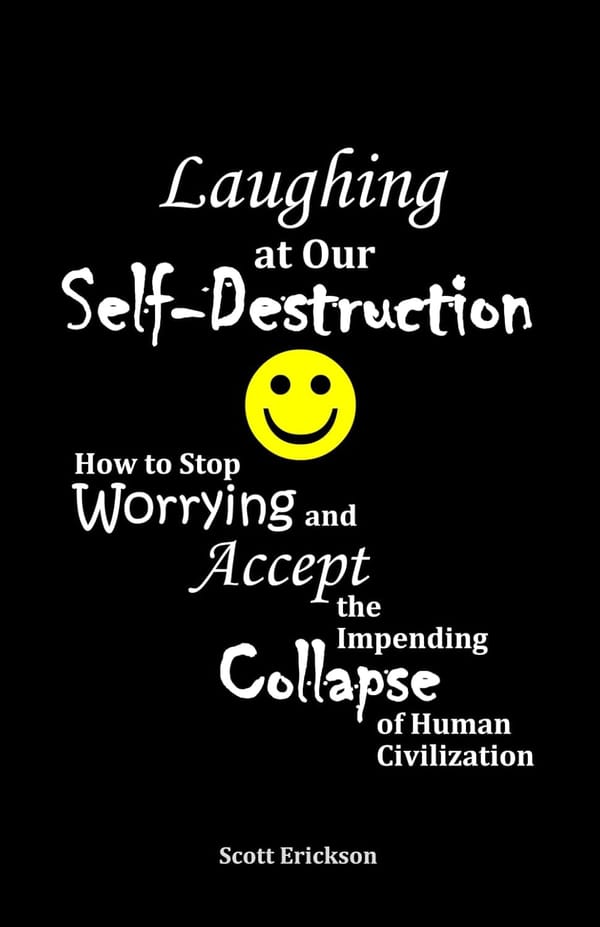Killing USAID Reduces American Food Security
Just when we need it most

USAID began in 1961. President Kennedy wanted one agency to manage foreign aid. It was a Cold War tool, meant to win allies, project soft power, and counter Soviet influence, but also a farm policy in disguise.
After World War II, surpluses of wheat, corn, rice, and milk powder piled up, causing prices to sag. Consequently American farmers experienced financial losses and considered shutting down. To keep farm production thriving, Washington expanded demand by buying and shipping the excess abroad through “Food for Peace.” Hungry countries got food. Farmers got stable prices. Importantly, the U.S. preserved its agricultural capacity.
South Korea, once an aid recipient, later became a top buyer of American grain. Poland did too. Brazil and Chile, after industrializing, expanded their imports. Food that began as charity turned into commerce. Aid became business. Surplus transformed into demand.
Now this program is gone. The aid freeze stripped USAID of its core. Shipments halted, and what once acted as a pressure valve for agricultural surplus disappeared. Without mechanisms to soak up excess production, once again surpluses will cause prices to fall and American farmers to consider planting less. Ironically, this "American first" policy reduces American food security.
Farmers used to manage price swings by leaning on exports and aid programs. Too much corn in Iowa? Ship it abroad as food aid. Prices held steady. Farmers survived. Without that outlet, surplus builds up at home, prices collapse, farms fail and land goes idle.
The topsoil of idle land deteriorates, reducing overall productive capacity. So when the need arises, such as when drought hits, production can’t rebound to fill the shortage.
The Dust Bowl haunts this history. In the 1930s, drought and poor practices tore the Plains apart. Millions fled and it took massive federal action (price supports, conservation, electrification) to rebuild. Policymakers vowed never again to let American food production collapse so completely. That system of supports included aid programs like USAID, even if few saw the link.
Resilience means staying in production year after year, even when prices dip. Redundancy, if you will.
Killing USAID removes one of the supports that made that resilience possible. No outlet for surplus in good years means less staying power in bad years. And as global heating intensifies, there are more bad days, and years, to come.
Global politics compounds the strain. Wars in Europe and the Middle East have closed markets once buying U.S. soy, corn, and wheat. Trade routes disrupted. Sanctions and blockades choking demand. Farmers can’t move crops abroad even when harvests are strong. Surpluses mount, prices sink and productive land goes barren.
Tariffs in 2025 made it worse. Major importers turned to Brazil and Argentina for cheaper soy and corn and U.S. farmers lost outlets. Moreover, once market share shifts abroad, it rarely comes back.
What does this mean for the American consumer? Without stable farm output, U.S. grocery prices swing more wildly. Bread, milk, meat (staples long seen as cheap and abundant) could become scarce or costly. The sense of plenty Americans take for granted is not guaranteed. Already threatened by climate change, it’s amplified by abandoning USAID and cutting off export markets.
Foreign aid was never just charity (indeed, some would consider it dumping - a way to prevent foreign farmers from rising). It kept American agriculture alive, steady, and ready. It built future customers abroad. It absorbed surplus that otherwise crushed farmers at home. And it preserved surge capacity for unpredictable years.
Killing USAID removes that buffer. Climate change makes the consequences sharper. Droughts, floods, pests, shifting seasons all strain the system. Without outlets for surplus, we hollow out the farm economy. When a bad year comes, there’s less left to fall back on.
The larger truth is that industrial agriculture itself is cracking. Fertilizers poison rivers, runoff kills ecosystems, transportation burns fuel, monocrops drain soil. The model depends on stability in weather, trade, and policy, none of which can be trusted now. The system that once fed the world is becoming unreliable.
Survival (or at least the extension of survival) requires self sufficient and decentralized agriculture. More local farms. More household gardens. Food grown closer to home. Communities buffering themselves when national systems falter. This is probably what we should have been doing all along. Breaking the grip of industrial agriculture reduces pollution and restores land, but also, unfortunately for billions of people, returns humanity to an equilibrium we should have never crossed.



